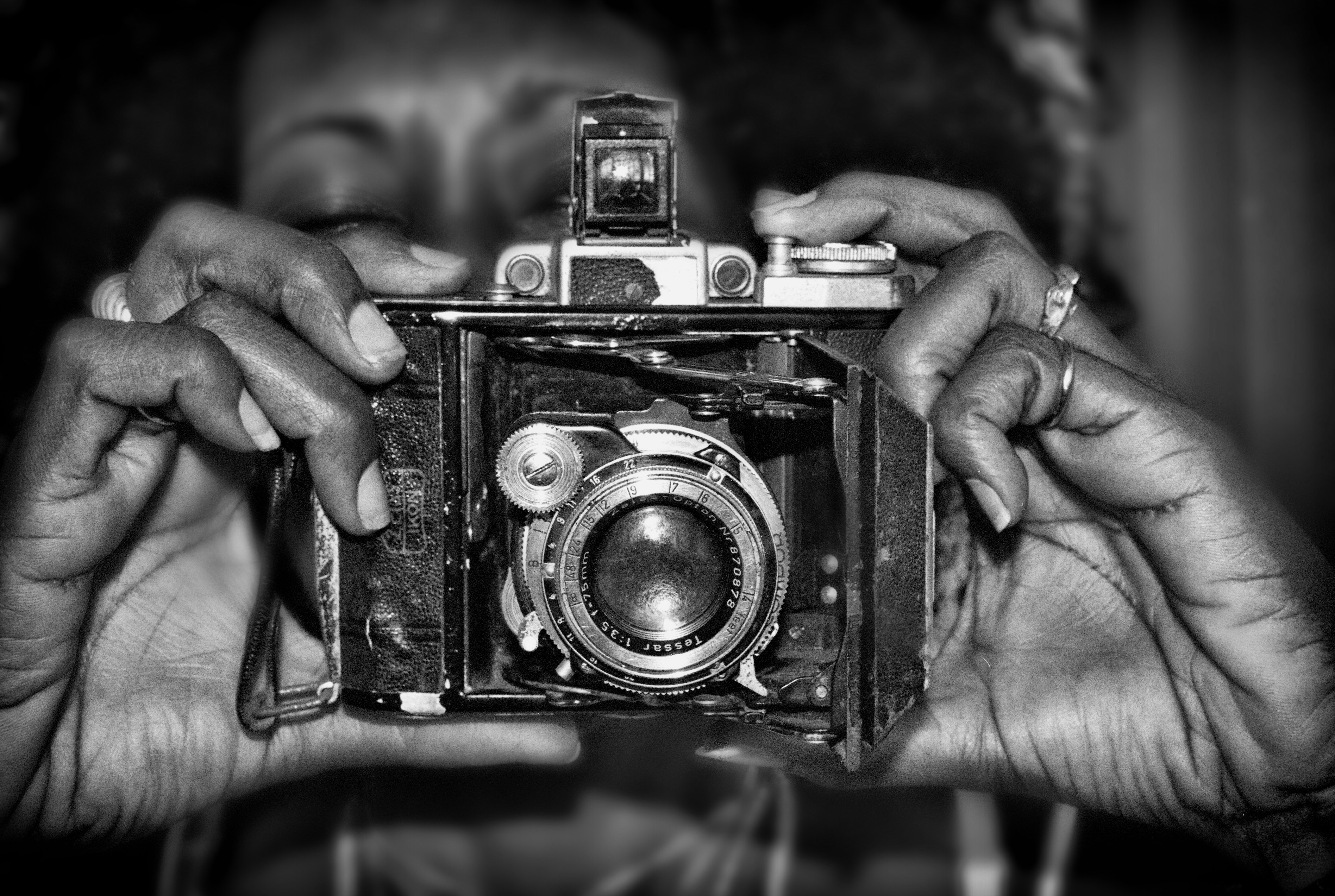The Sensory Snap: Touch, Texture & Composition in Photography
Have you ever scrolled through a breathtaking photograph and felt compelled to reach out and touch it? There’s something profoundly engaging about images that evoke the tactile sense—an emotional response that transcends mere visuals. Today, we dive into how touch and texture influence composition in photography, revealing expert tips and gear reviews to help you create captivating images that connect with viewers on a sensory level.
The Power of Touch in Photography
Touch isn’t just a physical sensation; it’s an emotional experience. When considering composition, tactile elements in a scene can invigorate your photographs by encouraging viewers to "feel" rather than just "see." This insight opens a world of creative possibilities.
Understanding Texture
Texture contributes significantly to the sensory experience in photography. Whether it’s the roughness of a tree bark, the softness of a flower petal, or the sleek surface of a vintage car, each texture can evoke a different emotion. The challenge lies in capturing these textures effectively to create images that resonate.
One technique you might explore is using natural light to enhance the texture in your photographs. You can learn more about this in our article on how natural light affects mood.
Depth and Dimension
To create a tactile quality in your images, consider adding depth and dimension. Use leading lines or foreground elements to guide the viewer’s eye and enhance the spatial relationships in a composition. This technique can visually lift textures off the page, making your photos not just images, but experiences.
For added depth, shooting at varying apertures can emphasize different focal points while maintaining some background detail. A shallow depth of field can effectively isolate a subject's texture, allowing viewers to appreciate its intricacies without distraction.
Gear Matters: Choosing the Right Equipment
Your choice of equipment plays a crucial role in achieving textured images with a tactile quality. Lenses with macro capability can bring you closer to your subject, capturing fine details that might otherwise go unnoticed. Additionally, using a tripod can help maintain stability, especially in low-light situations where textures can be lost due to motion blur.
Consider investing in a high-quality lens for capturing texture, such as the Canon EF 100mm f/2.8L Macro IS USM. This lens is known for its ability to render fine detail, making each texture pop in your photographs.
For more on the gear that can enhance your compositions, check our post about must-have camera accessories for 2025.
Compositional Techniques to Highlight Texture
Once you've honed in on the tactile elements of your scene, it’s essential to use effective compositional techniques to highlight these textures.
1. Framing and Composition
Use the rule of thirds to position your textured subject in a compelling way. Placing the subject off-center can create a dynamic composition that invites viewers into the image.
2. Leading Lines
Incorporate lines to lead the viewer's eye toward texture-focused areas of your photograph. Brick pathways, tree branches, or even the edge of a table can serve as natural guides, enhancing the perception of touch.
3. Contrast and Color
The interplay between contrasting elements can heighten texture. For instance, a rugged rock against a smooth water surface can create vivid comparisons that draw attention to both textures. Additionally, using the psychology of color, as discussed in our article on color in photography, can amplify emotional responses and further engage viewers.
How Touch and Texture Relate to Emotion
Knowing how touch interacts with emotion can transform your photography portfolio into a more compelling narrative.
Evoke Feelings through Texture
Creating tactile images isn’t just about capturing technical details; it’s about telling stories that resonate emotionally. A photograph of a weathered hand can evoke feelings of age, experience, and warmth. Meanwhile, an image of the soft surface of a newborn’s skin might evoke tenderness and love.
Contextualizing Texture in Your Visual Storytelling
Think about the narrative you want your audience to receive. When you shoot textures, capture context that tells a story. For example, photographing a cracked surface can symbolize resilience; whereas, capturing the softness of down feathers could represent a comforting embrace. These subtle nuances create a depth that invites viewers to explore beyond the surface.
Discover more about incorporating a sensory experience into your photography in our discussion of how engaging the senses can enhance storytelling.
Equipment Tips for Textured Photography
-
Lens Selection: A macro lens allows you to capture intricate textures, while a wide-angle lens is great for expansive scenes that include textural variety.
-
Lighting Equipment: Experiment with reflectors and diffusers to manage how light interacts with textures, enhancing their visibility.
-
Tripod: Essential for stability when focusing on small details, especially in low-light conditions.
When gearing up for your next shoot, remember that achieving the best results often involves trying different combinations of your equipment.
Final Thoughts
As we conclude this exploration of touch and texture in photography, remember that the essence of compelling imagery lies not just in what you capture, but how you capture it. Merging tactile elements with thoughtful composition can create stunning photographs that invite viewers to engage with the emotional stories behind the image. Experiment with your gear, embrace the textures you observe, and let your creativity shine through with every snap. By innovating your approach to composition and understanding the sensory experience behind touch, you’ll elevate your work to new heights.
To continue enhancing your photographic journey, consider exploring other dimensions such as soundscapes or scent. Each element can further enhance the emotive quality of your work. Embrace this sensory innovation as a way to connect deeper with your audience.
Explore more transformative storytelling strategies with articles like the power of everyday objects in photography, and let your passion for capturing the world intrepidly lead you onward.
















